Slippers and saucepan lids: readers’ eight essential tips for saving energy at home this winter
How to save resources and money? Shut the microwave door, turn down your thermostat and stuff an old pair of jeans up the chimney
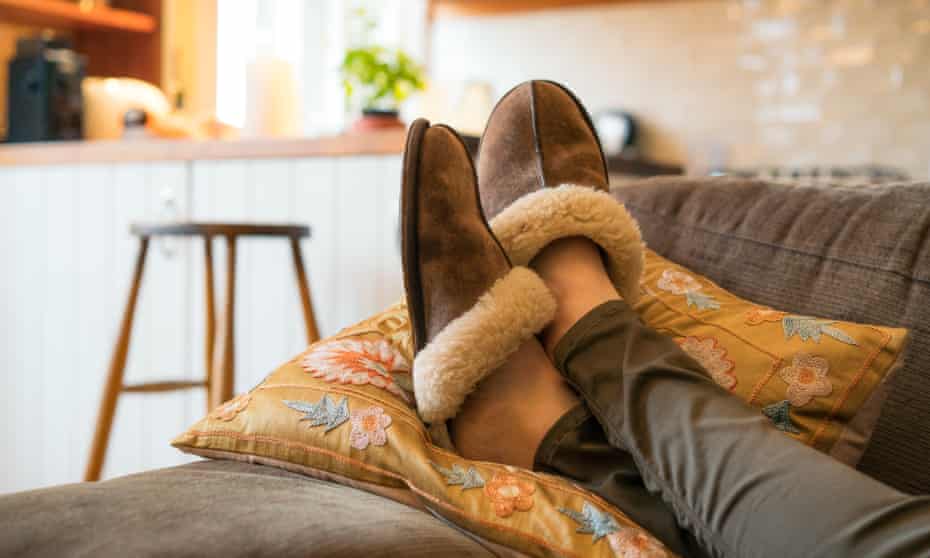
‘Think about when you use your energy’
Energy is most expensive during peak times – at 7pm, for example, when everyone is watching TV and cooking. Energy companies often have to switch on backup power plants to help meet the demand at these times. These are expensive to run and often generate a lot of carbon emissions. Think about when you use your energy, as well as how much. By avoiding using high-consuming appliances at peak times, you can also save money. There is a free app called Equiwatt which can help you: you connect your appliance to the app via a smart plug, the app then switches off the appliance for one hour, two to three times a week, during these peak times. Jonathan, Gateshead
‘Crochet yourself a draught excluder’

Stopping draught and heat escape routes makes a huge difference for little effort. I crocheted myself a draught excluder for the front door using leftover T-shirt yarn and I stuffed it full of the insulating material that comes in our weekly food box. It’s a 100% recycled way to stop the cold air coming in under my front door and has definitely helped keep our kitchen warmer. I also stuffed an old pair of jeans up a chimney that is not currently being used, which stops the draught and keeps the living room warmer. Helen Monckton, engineer, Brechin, Scotland
‘Don’t leave the microwave door open’
Pay attention to the small things. For example, it’s not just the LED bulb lighting up the room that uses electricity; those dim lights in your oven and microwave use it too, so don’t leave the door open after use. I buy bulbs online or at DIY outlets such as Toolstation or Screwfix; they cost a fraction of the price of supermarkets or the big DIY chains. Michael, retired, South Yorkshire
‘Seal your windows and doors’
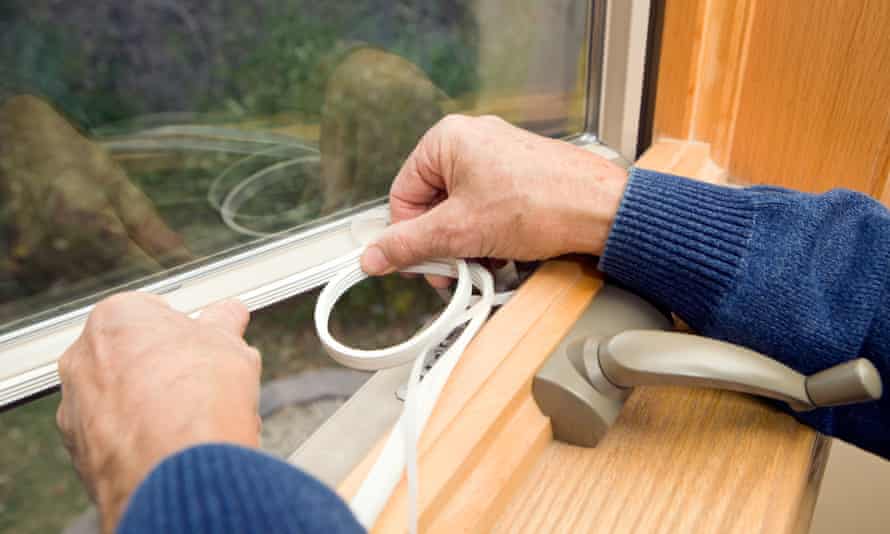
Leaving a few badly fitted windows unsealed can essentially be the same as having a window open all winter. If you live in an old house, seal your windows and doors. Foam is OK, but harder to fit – I use electrical tape to seal gaps on most of my windows. I use foam on doors and a couple of windows I open frequently. If you apply the tape carefully, using a ruler as a guide, it is barely noticeable. It also peels off cleanly after six months. Martin, artist, Wellington, New Zealand
‘Don’t set the thermostat unnecessarily high’
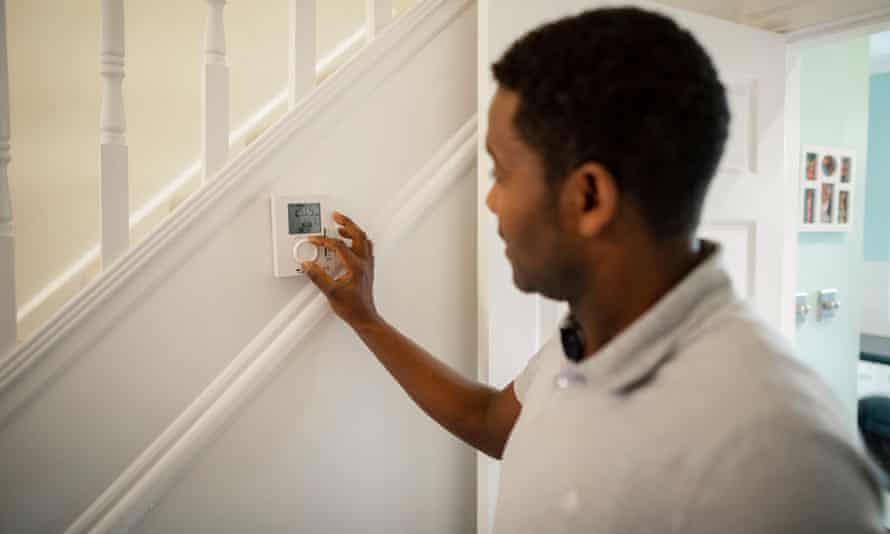
If a timed radiator valve is out of sync with boiler running times, the room with the timed radiator valve can feel chilly compared to the rest of the house. This means it can be common to feel cold even though the thermostat is set to 22C, for example. The trick is to resist the temptation to counter it by turning up the house thermostat: waiting the short time it takes the chilly room to get up to temperature will be much less wasteful than setting a thermostat above where it needs to be. Alex Butler, engineer, Livingston, Scotland
‘When using a saucepan, put the lid on’
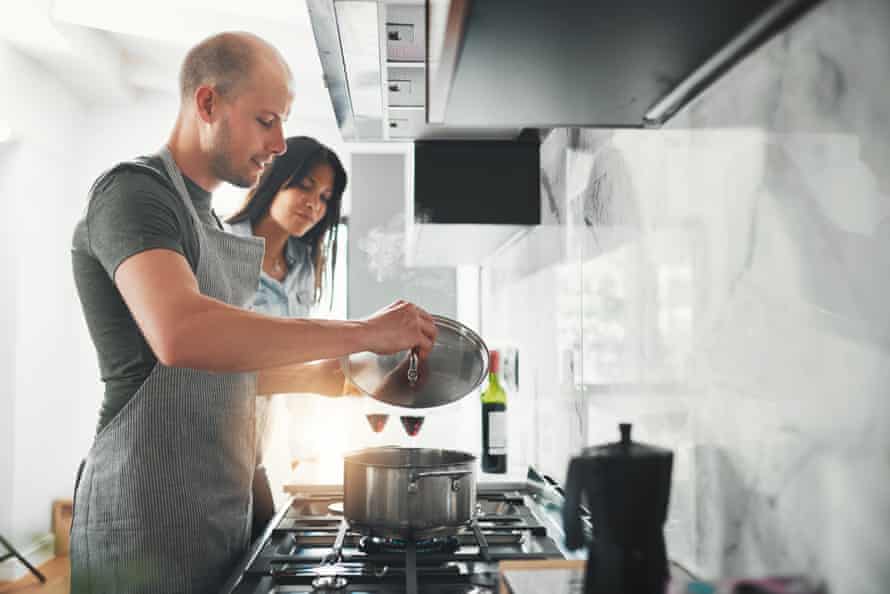
When simmering water for cooking, heat is lost as the water evaporates as steam. So, when using a saucepan, always put the lid on. Imagine keeping a house warm without a roof! Try an experiment: bring a pan of water to the boil and simmer without the lid, then with the lid. On an induction hob, for example, you’ll typically need a high setting without the lid, but only low setting with it. Big savings! William Barnott, retired, Dunbar, Scotland
‘Install a smart thermostat in every room’
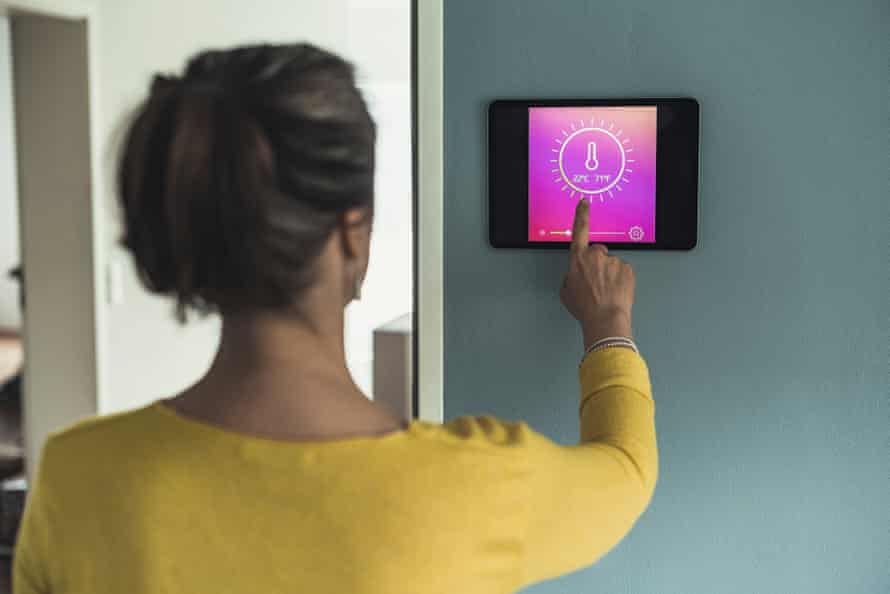
A few years ago, I installed a smart thermostat and smart TRVs (thermostatic radiator valves) in every room of my house to regulate the temperature and to turn the heating off and on as people came in and out. While working from home during the pandemic, I set up some new smart home automations to limit the heat to only my home office, so the rest of the house could drop in temperature during the day while my office stayed warm. When my wife leaves her office to drive home in the evening, Apple HomeKit detects this and turns the heating back on throughout the house, so it’s warm for her return. This has saved me a lot of gas over the last 18 months, and is more useful than ever now that my fixed price tariff has ended and I’ve been forced to pay almost double. This wasn’t cheap, but it pays you back in savings eventually. Phil Baxter, video game artist, Leamington Spa
‘Turn radiators down in unused rooms and keep doors closed’
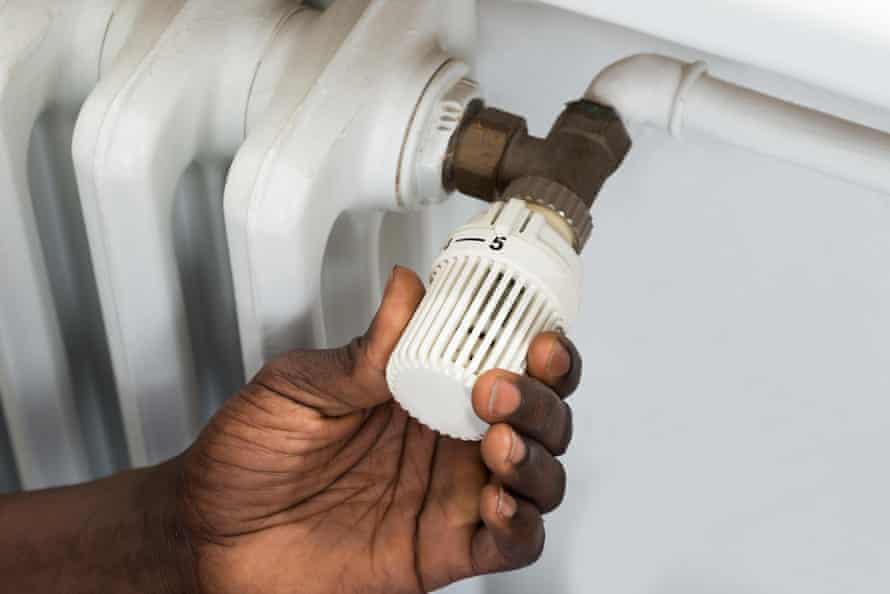
Not all rooms need to be heated. The kitchen gets warm when you cook; a cool bedroom is better for sleep. For most of the time, you only really need heat in the living room. Turn the radiators down or off in other rooms – and keep doors closed to keep the heat in. Remember that heat rises – so you could even consider having your living space upstairs and sleeping downstairs. And finally: wear slippers. Alan Moore, data science worker, London